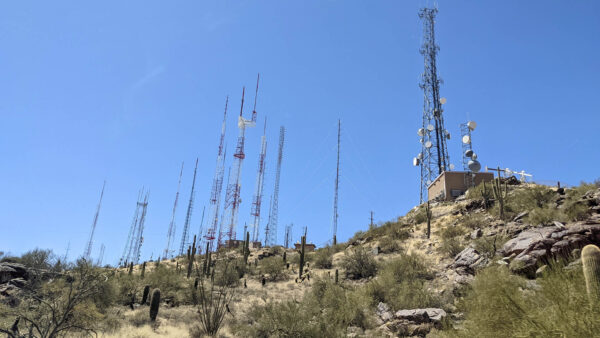Grand Canyon flooding causes tourist death, mass evacuations
Aug. 27, 2024
A devastating flash flood near the Grand Canyon has resulted in the death of a tourist and the urgent evacuation of over 100 individuals, including tourists and Havasupai tribal members. The body of the deceased, a woman from Gilbert, was discovered in Havasu Creek following the severe weather event.
In the wake of this tragedy, we spoke with Brian Klimowski, Meteorologist in charge at the National Weather Service’s Flagstaff office, who provided insights into the flooding and its impact on the region.
The affected area was in the western part of the Grand Canyon and in an extremely popular part of the state according to Klimowski.
“Those spring-fed waters are a beautiful turquoise blue typically and one to two feet deep. Last week was significantly different,” Klimowski said.
Adding, “We had violent flash floods strike the area and turned it into a scene of a whole different time.”
A strong storm hit the area causing one to two inches of rain in around 90 minutes, but according to Klimowski most of that rain came in the first 20 minutes.
“It was a violent storm and the flash flooding hit very fast,” Klimowski said.
The storm hit within a five to ten-mile radius of the impacted area.
“We had a large very intense cell form late in the morning slowly move north and then east impacting the area with torrential rain in the village of Supai,” Klimowski said.
“Our monsoon thunderstorms are characteristic of having very heavy rain. These storms form and sometimes move very slowly and sometimes very quickly, but it’s the slow-moving systems that accumulate the rain and cause flash floods,” Klimowski added.
According to Klimowski, flash floods can change the landscape significantly. They change the water’s course and modify water falls.




















